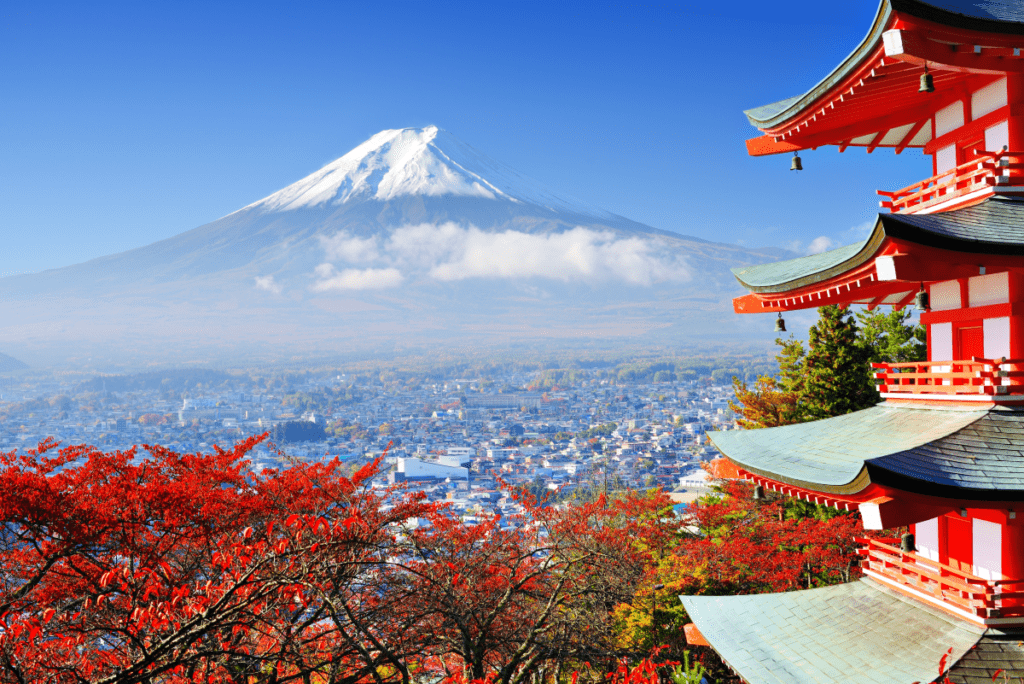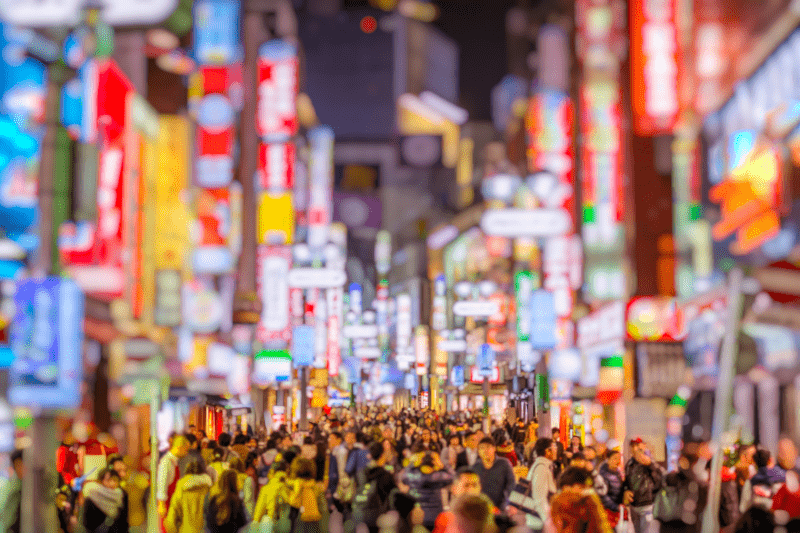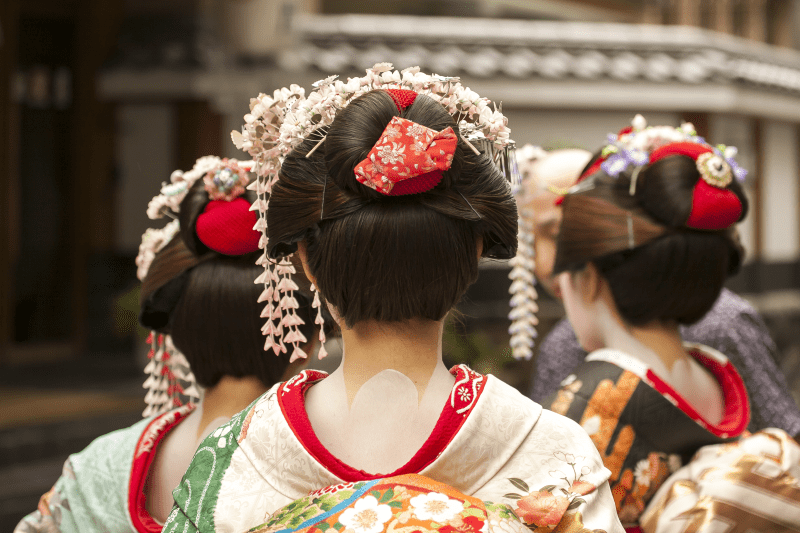
Japan is having a moment: it’s topping bucket lists for travellers everywhere and the country is welcoming more international visitors than ever before. The Land of the Rising Sun is a destination like no other and your trip promises sights, encounters and experiences that will stay with you long after you say ‘sayonara‘ to its shores.
To make sure you’re prepared for your Japan tour, here are a few things to keep in mind.
1. Japan is experiencing a tourism boom…

Since there’s so much to see in Japan, you’ll never be short on attractions – but you will be joining many others eager to take in the country’s best sights. Patience is key, so get ready to practice your Zen. Wear comfortable shoes that you can easily slide on and off when entering shrines, hotels and homes. And pack extra light for excursions, so you can easily manoeuvre through crowded streets and train stations.
2. … which means traffic can be busier
Japan’s railways may be famously timely and well-connected, but they can’t get you everywhere. Sometimes city buses – or your tour coach – are the only solution. Your coach’s dedicated driver will be well-versed in navigating Japan’s narrow city streets and winding mountain roads. That said, travelling by road may take longer, so consider packing a book or e-reader.
3. The train system is mind-blowingly efficient
A journey through Japan almost wouldn’t be complete without a ride on one of its famed Shinkansen bullet trains. You’ll likely make use of Japan’s excellent local train and bus system to transfer from your hotel to Shinkansen – and your tour leader will be on hand to help every step of the way, from preparing your bus fare (the amount changes with each stop taken) to purchasing tickets (most single-train journeys require two!) and getting to the correct platform (the country’s many train lines all have their own numbering system, meaning a large station might have as many as four labelled ‘Platform 1’).
Some additional tips for using train and bus transport in Japan:
- Have your cash fare ready to go
- Download local maps offline so you never lose track of your location
- Remember to queue every time you embark – it’s the polite thing to do!
4. The hotels can be cosier
Many hotels in Japan are built in charming traditional style, with narrow halls, thin walls, sliding doors, tatami mat floors and twin bedding – and staying here only adds to your Japan tour experience! Spacious Western-style upgrades with double bedding can be found, but your yens may be better saved for priceless souvenirs and trying new local treats. If breakfast is included at your hotel, it’ll likely be Japanese fare: fish, rice, miso, pickles and egg served with tea. Some Western cuisine (including coffee) may also be offered, and is otherwise widely available at local cafes and restaurants.
5. Japanese tour guides are some of the best in the world
Expertise and dedication to craft are both key aspects of Japanese culture, and this carries into tourism. The country takes pride in its history, geography and culture, so its tour guides must complete lengthy training at incredibly high standards to obtain national qualifications (and are typically only available for private touring). Keep in mind that many locals, even in major cities, may not speak any English – and it’s likely your tour leader’s second language.
6. Embrace local traditions

Japan is revered for its innovation and adaptability, but the country’s heritage is still well-preserved. Credit card payments are still widely unaccepted – even in major cities like Tokyo – so be sure to always have cash on hand (and stash loose change in a compact coin purse).
Download Google Translate or iTranslate to bridge the gap for everything from reading kanji signs and menus to asking your cashier or train conductor a question. Learning a few Japanese phrases goes a long way too. Everyone appreciates a ‘doumo arigato gozaimasu!’
Planning on visiting onsen hot springs? Be sure to cover any visible tattoos. Some private bathhouses have relaxed their ‘no tattoo’ rules for international visitors, though public baths may still refuse entry to those with larger pieces of body art.
7. Walk everywhere, arrive early
Getting around on foot is still the go-to in Japan. Stairs and one-way roads with room for pedestrians are common, while elevators and large car parks are not. The latter means your tour coach may have to park further away from any given sight or attraction, asking you walk for a few minutes to the entry point or gate. This may make your journey longer, but it’s also a chance to slow down and appreciate the scenery.
Your tour leader may accommodate extra travel time with extra-early departures, which allow everyone in the group to take breaks while keeping things on schedule. Arriving early is considered a sign of respect, so this will put your group in good favour with local hosts or experience operators.

















